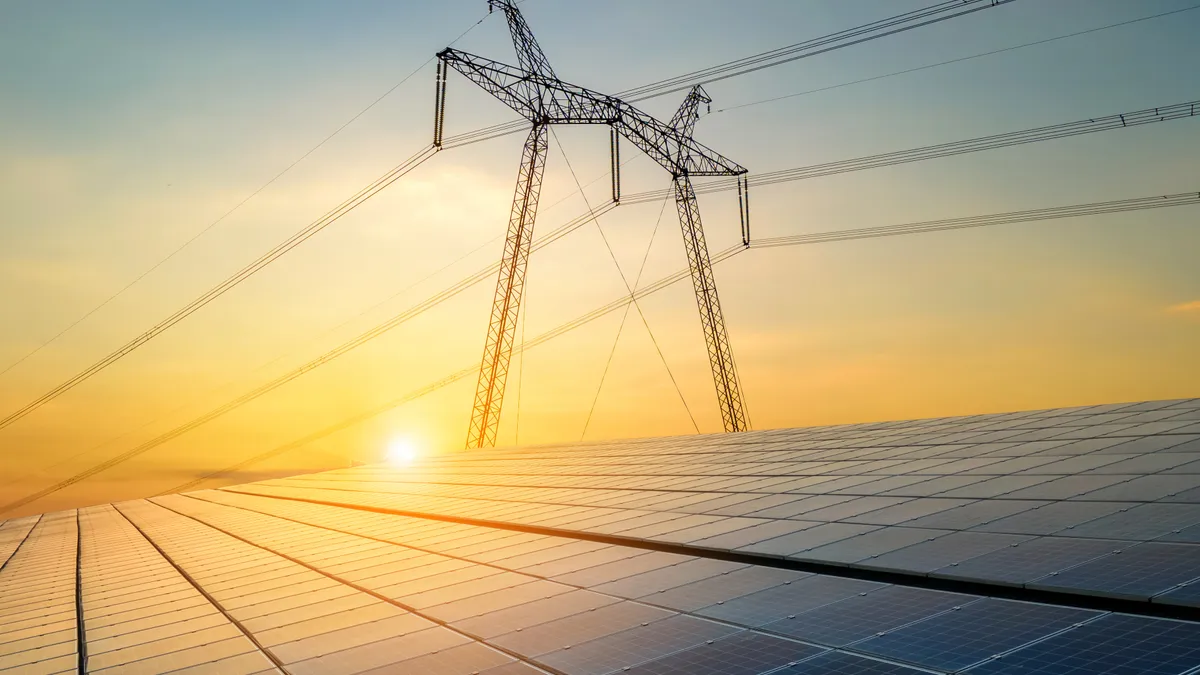The U.S. Department of Energy is offering up to $300 million for states, tribes and local governments to bolster transmission siting and permitting processes while supporting economic development.
Through the Transmission Siting and Economic Development grant program, the DOE’s Grid Deployment Office expects to offer $100 million for permitting and siting and $200 million for economic development in communities affected by transmission line projects, according to a funding opportunity announcement issued Tuesday.
The program aims to support standardizing and streamlining transmission siting and permitting processes, coordination across jurisdictions and robust public engagement, the Grid Deployment Office said.
Applicants applying for support for siting and permitting can propose activities such as studies and analyses of the effects of a transmission project, the study of up to three possible corridors for a project and increased staffing and hiring of consultants, according to the office.
DOE expects to make up to 40 awards ranging from $100,000 to $10 million for siting and permitting initiatives. The awards require an up to 50% cost share.
On the economic development side, the office said funding could support local energy democratization and resilience projects, including microgrids, distributed generation, energy storage, and electric vehicle charging infrastructure. It could also be used for affordable and sustainable housing, among other things.
The department anticipates making up to 40 awards ranging from $100,000 to $50 million for economic development projects. Applicants face a 5% cost share for any awards.
Applicants may apply for both types of awards and can seek funding for multiple initiatives within each category, according to DOE.
DOE plans to hold a webinar on the fund opportunity on Sept. 14. Concept papers are due Oct. 31 and applications are due April 5. DOE aims to make funding decisions next summer.
The program is backed by a section in the Inflation Reduction Act that provides $760 million for grants to help site interstate electricity transmission lines.
Transmission systems will need to expand by 60% by 2030 and may need to triple by 2050 to meet clean electricity and resiliency demands, DOE said, citing independent estimates.















